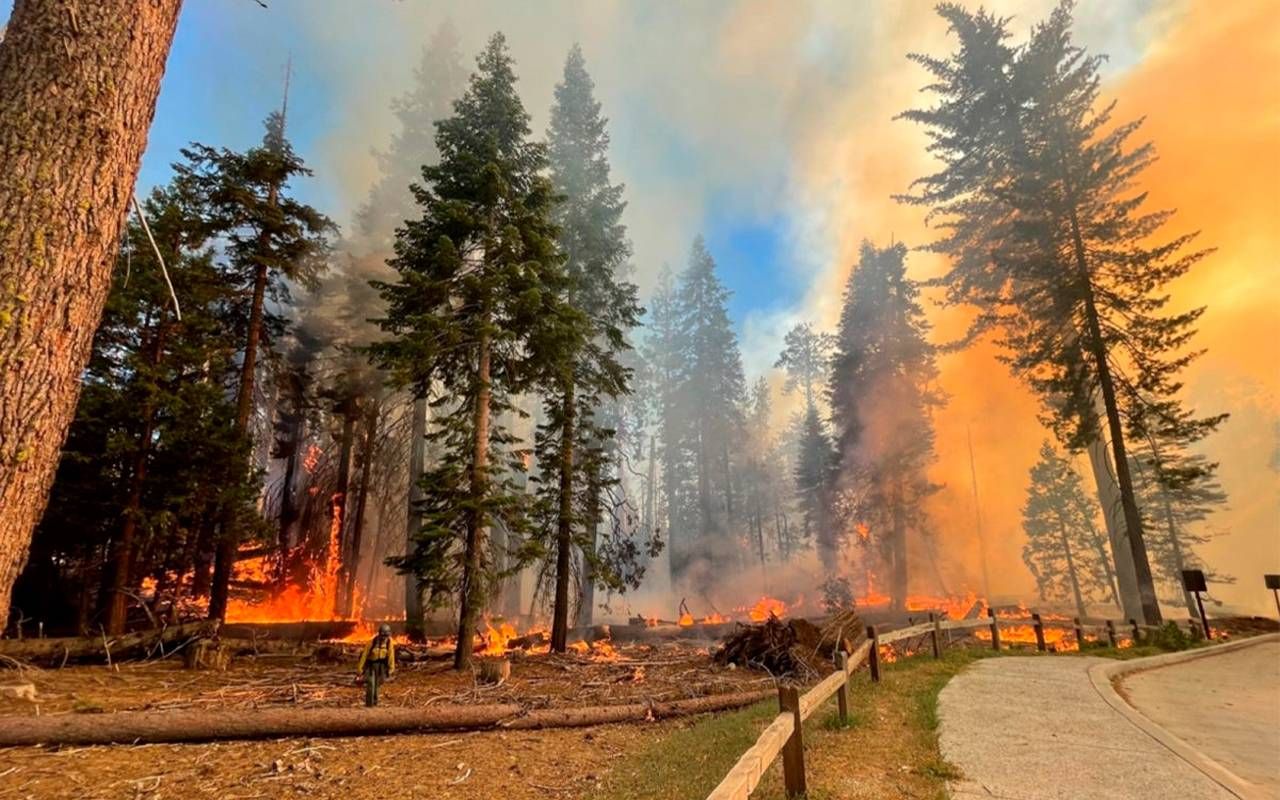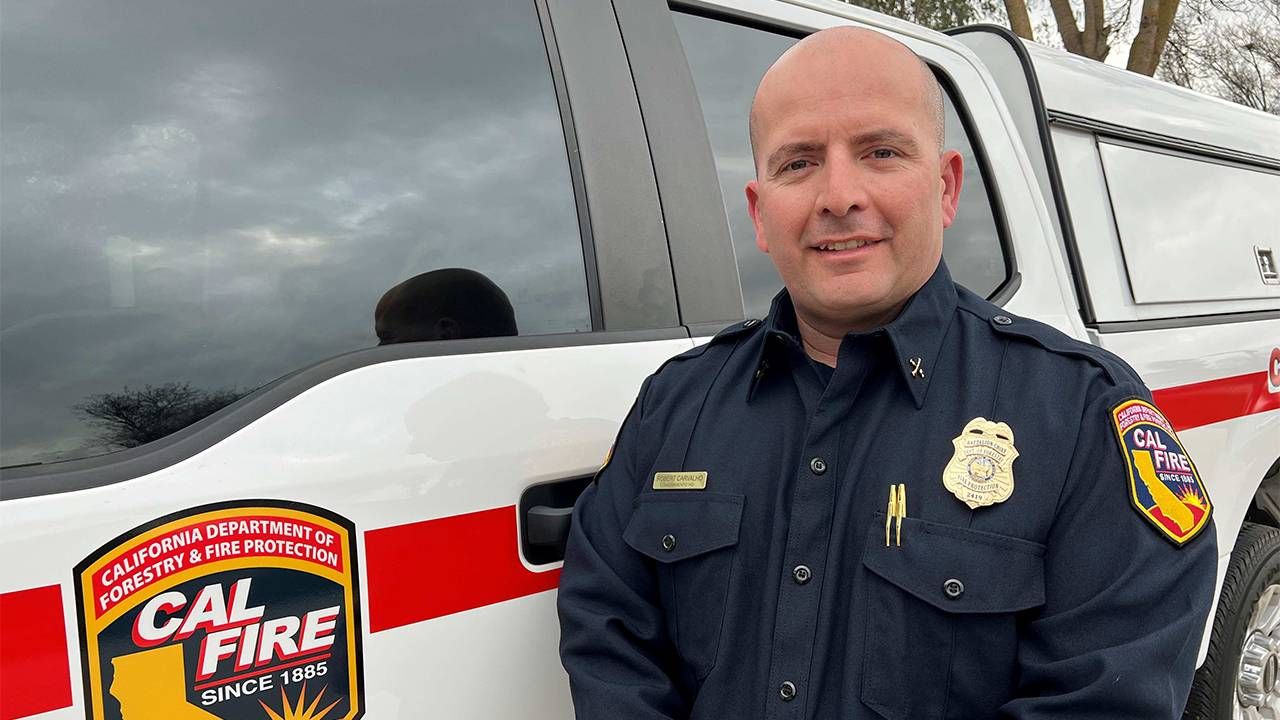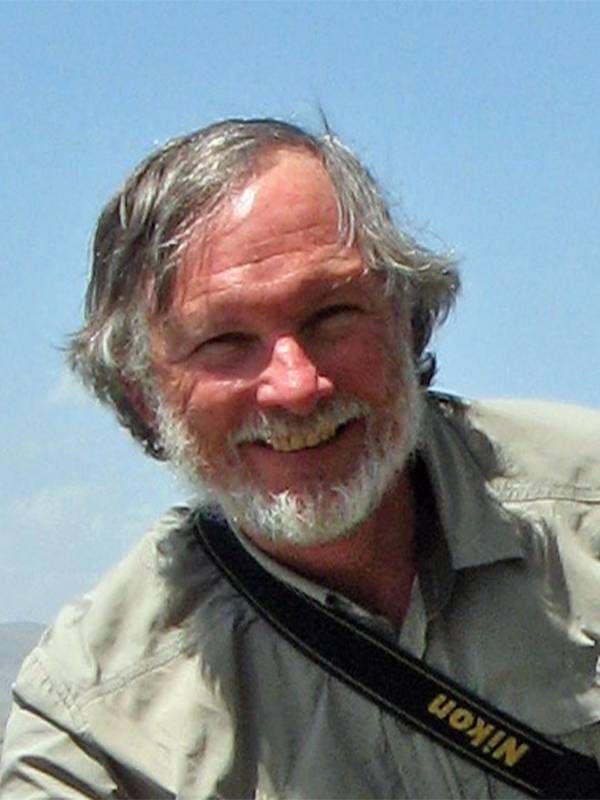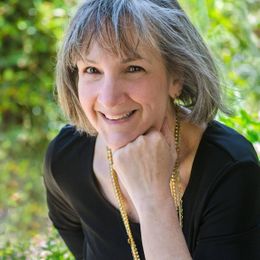It’s Fire Season ... Still
Wildfires continue to menace rural areas favored by retirees despite above-average rain and snow last winter
The first time I came face to face with a wildfire was a few months after I moved to California. I was driving on Interstate 80 between San Francisco and Lake Tahoe when traffic came to a standstill because of the smoke.

I watched as flames jumped from the north side of the highway across four lanes to burn grass in the median, then quickly across the other four lanes to the south side of the road and continued to burn across a nearby field.
It was a grass fire, much smaller than most forest fires, but its speed was memorable. The whole event took less than a minute.
Wildfires Everywhere
California offers prime examples of wildfires and prevention, but the state is not unique. The last few years have seen significant wildfires in Oregon, Washington, Montana, Arizona, New Mexico, Florida and Minnesota. In 2022, more than 66,000 wildfires in the U.S. burned more than 7.5 million acres.
"Fire causes have a human factor."
In the same year, fires in one region of France burned 51,000 acres and displaced more than 36,000 people. Australia lost 46 million acres to fires in its 2019-2020 fire season. In the first half of this year, more than 2,000 wildfires in Canada have reduced 14.7 million acres to ashes.
It's not unusual to see fires near highways. A spark from a vehicle or a discarded cigarette can ignite dry vegetation.
"Fire causes have a human factor," Robert Carvalho told me. He is Battalion Chief-Communications for CalFire, the fire agency for the state of California.
There are very few arrests for arson, Carvalho said. Causes are more likely to be accidental — a "campfire out of control, faulty equipment, mowing the weeds when it's starting to get hot."
Lightning can start fires but it rarely does, said David Carle, 72, a retired California state park ranger and the author of 15 nonfiction books, including "Introduction to Fire in California."
"Lightning strike occurrences are statistically rare in the central and coastal sections of the state, but as the year 2020 lightning siege showed, lightning does not always adhere to statistical norms."
Rain Is a Blessing and a Curse
This past winter was one of the wettest on record in California, with more than 145% of average rainfall. All that water may, ironically, lead to an active fire year, Carle said. "Wet conditions temporarily reduce the threat of wildfire, and also promote vegetation growth (future fuel)," he said.

Carvalho said that in a rainy year, once the new growth and old growth start to burn, "you're getting twice as much heat." He cited 2017 as an example. After "significant rain" spurred vegetation growth early in the year, strong winds spread fire through the abundant fuel and more than 1.5 million acres burned.
Working in a newsroom in fire country, I quickly learned fire terminology for reporting the breadth of damage (acres, not square miles) and air quality (six categories of severity). More than anything, I developed a healthy respect for wildfire.
Inferno in Paradise
In the first hours of the now-famous Camp Fire in Paradise, California, in November 2018, one of our reporters texted from his vantage point. "This could be a big one," he said. He was correct. It is the deadliest fire in California history, killing 84 people, and the state's most destructive, charring 153,336 acres, destroying 18,000 structures and causing $16.5 billion in property damage.
The Camp Fire was a reminder of significant fire hazards. First, the remote town was built on a slope in the Sierra Foothills. Flames love to move uphill.
The second was accessibility. Paradise, like many other towns in the hills and mountains, had one main road. It's an evacuation hazard known as "one road in, one road out."
"Everybody knows the same way to go out," CalFire's Carvalho said. "That causes a traffic jam.
"What happens for us? Fire engines can't get in."
"About three-quarters of those who died in the Camp Fire were over the age of 65."
Another factor in the high death toll was the age of the residents of Paradise, as documented in collaborative reporting by KQED, CalMatters and CapRadio.
"About three-quarters of those who died in the Camp Fire were over the age of 65," the media outlets reported. "Same with the fires that ravaged Sonoma and Napa the year before. . . . Across the state, about 2 million people aged 65 and older live in areas where wildfire is a serious threat."
The Los Angeles Times reported that 25% of Paradise residents had a disability. Many who died lived in mobile or manufactured homes.
Another Megafire
Three years after Paradise, the Caldor Fire, which started about 70 miles east of Sacramento, burned 221,000 acres and forced the evacuation of vacationers and residents in the Lake Tahoe region and Sierra Nevada foothills. The fire was active for than two months. There were no human deaths.

I visited a community center that housed evacuees during the Caldor Fire. People pulled into the parking lot with whatever they could toss in the car, including pets and some valuables. A hollow look in their eyes told me how close they had come to the blaze.
"There's no such thing as a fire season," Robert Carvalho told me. "It's a fire year."
Wildfires can happen at any time of year and firefighting is a 12-month job. Between blazes, crews are actively involved in training and maintaining equipment as well as rehabilitating fire-scarred areas.
Fire crews are experts at putting out blazes, but they cannot control wind direction or speed, meaning that any community can experience smoke damage.
Respiratory Distress
This year, Canadian fires shared smoke with the northeast and Midwest parts of the U.S. In addition to darkening the sky, wildfire smoke is hazardous to people that the Air Quality Index refers to as "sensitive groups." People who have respiratory diseases, are pregnant or are in young and older age groups are at risk.
Thick air from wildfires is filled with particulate matter, microscopic pieces of whatever has burned — trees, buildings, etc. — combined with water vapor. Think of it as wet, burnt sawdust.
Short-term exposure, defined by the Environmental Protection Agency as a few days, causes coughing, watery eyes and bronchitis. It also can aggravate lung diseases and contribute to heart failure and stroke. Prolonged exposure or excessively high particulate matter can reduce lung function.
How to Deal with Smoke
The Centers for Disease Control offers tips on how to deal with wildfire smoke:
- Check the severity of particulate matter. The CDC recommends the Air Quality Index page and the Fire and Smoke Map on the Air Now website, a partnership of the CDC, EPA, NASA, National Oceanic and Atmospheric Administration, National Park Service and tribal, state and local air quality agencies.
- Stay inside. Keep indoor air as clean as possible. If using air conditioning or fans, circulate indoor air.
- Avoid activities that increase indoor pollution, including smoking.
- Dust masks are better than nothing, but they are not efficient for ash or large particles.
CalFire offers a website to help people in fire-prone areas to prepare for blazes that may threaten them or their property.
Since firefighting teams are dispatched to other states and sometimes other countries to assist in containing large fires, I asked CalFire's Carvalho if there are enough firefighters in California for the coming fire season.
"I feel like we never have enough," he said.
Why Do Wildfires Have Names?
In the U.S., there is a protocol for naming wildfires. The first firefighters on the scene look for a landmark that identifies their location so additional crews can join them. That becomes the working name for the fire. For example, the Camp Fire was not caused by campers. It started near Camp Creek Road.


